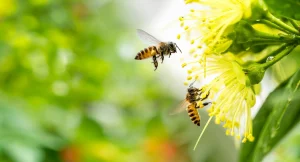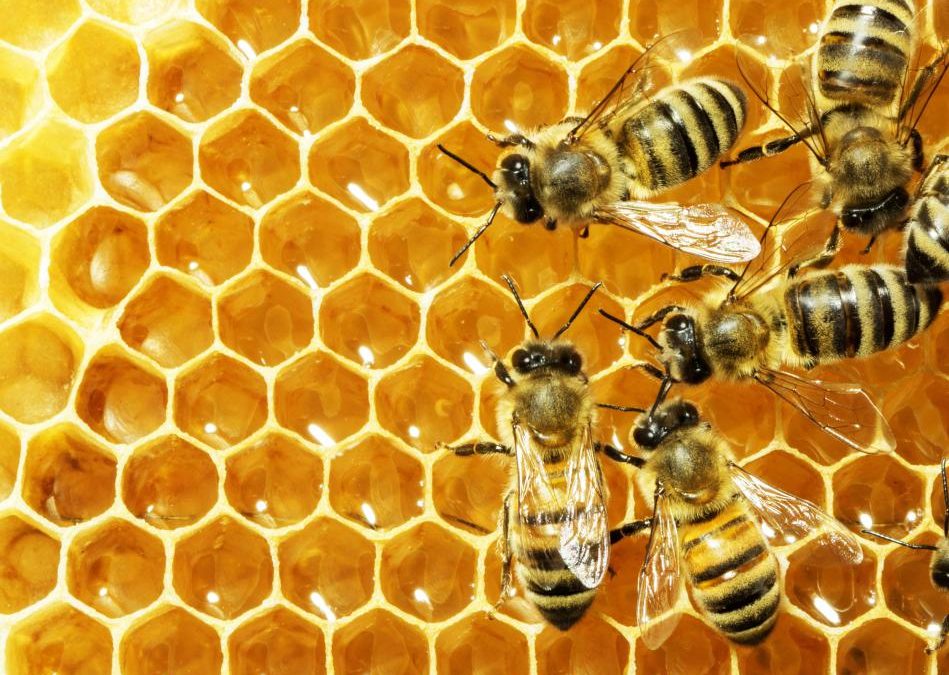 Beeswax is often added to make-up because it is water resistant and doesn’t sweat off as easily. Including beeswax prevents the powders from forming creases and helps prevent the make-up from drying out your skin. It also prevents the make-up from clogging your pores so it helps with acne break outs. Many people say that make-up with beeswax leaves a better looking silky, creamy texture to the skin.
Beeswax is often added to make-up because it is water resistant and doesn’t sweat off as easily. Including beeswax prevents the powders from forming creases and helps prevent the make-up from drying out your skin. It also prevents the make-up from clogging your pores so it helps with acne break outs. Many people say that make-up with beeswax leaves a better looking silky, creamy texture to the skin.
Beeswax forms a protective barrier on the skin. It prevents harsh chemicals from the environment from getting on the skin and causing contact dermatitis. It helps lock in moisture and even attracts water helping the skin get extra moisture.
Beeswax has anti-bacterial and anti-fungal properties. Therefore it helps prevent inflammation and infections.
It has vitamin A which makes the skin more flexible and softer. Have you ever been to a fair where you have made a wax casting of your hand? You dip you hand in warm liquid beeswax multiple times. After it cools you remove your hand and are left with the wax cast. Remember how soft and wonderful your hand felt when you took the wax off? That is what wax can do for the skin.
have made a wax casting of your hand? You dip you hand in warm liquid beeswax multiple times. After it cools you remove your hand and are left with the wax cast. Remember how soft and wonderful your hand felt when you took the wax off? That is what wax can do for the skin.
Beeswax is great for your lips. It keeps them moisturized while it protects them from the environment.
Beeswax sooths and relieves itching. It is anti-allergenic and it provides a soothing, gentle protective cover over itching skin. It reduces itching and can even eliminate it at times.
Although beeswax is edible, humans and other mammals don’t digest it so it just goes right through with no nutritional value.
Bees make beeswax from the honey they produce. It goes through a wax gland and is produced to produce structure for the honey comb. Yellow beeswax is from the honeycomb that holds the honey in the bee hive. Once the honey has been removes the wax is melted down and impurities are removed. White beeswax has been bleached. I always use yellow beeswax in my products. Beeswax from different hives can be different colors. It depends on the flowers where the bees are foraging. Some of the pollen from the flowers gets mixed in making different shades of yellow.
Disclaimer:
No statements on this website have been evaluated by the FDA. No statement on this site constitutes medical advice. Consult a medical doctor before trying any remedy on this website. We do not claim that any remedy on this site will cure anything. We are sharing our own anecdotal experiences with these formulas. All remedy ingredients are clearly stated. You are responsible to know your own allergies and to protect against them.

